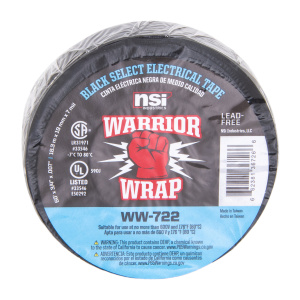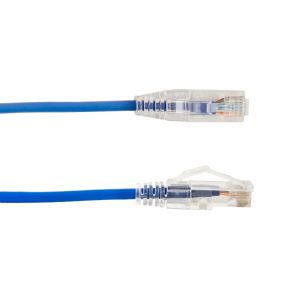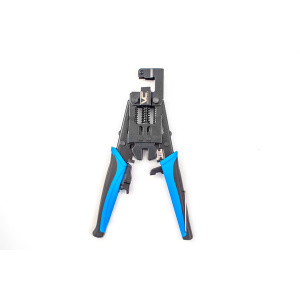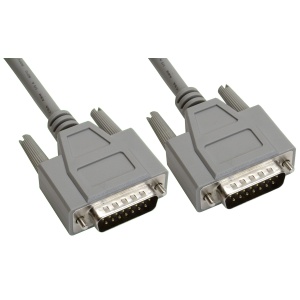Introduction
Let’s cut to the chase – we live in a hyper-connected world, where data transmission has become the backbone of everyday life. From homes and offices to hospitals and cafes, network connectivity is as essential as electricity itself. In this intricate web of digital connections, network adapters play a vital role. So, how about we roll up our sleeves and delve into the nitty-gritty of network adapters, specifically media converters and POE splitters? Are you ready to level up your understanding? Let’s dive in!
Understanding Network Adapters: Media Converters and POE Splitters
Network adapters, also known as Network Interface Cards (NICs), act as the bridge between computers and networks, facilitating data communication between the two. The two subtypes we’re going to decipher today are media converters and POE splitters. These nifty gadgets might seem complex on the surface, but with a bit of patience and a pinch of curiosity, they’ll become as clear as a bell.
A) Media Converters: Transforming Signals
What’s a media converter, you ask? In the simplest terms, a media converter is a device that adapts one type of network media to another. It’s like a universal translator in the realm of network media. Imagine you have a fiber optic line, but your network device only has copper Ethernet ports. Enter the media converter – your savior that transforms the light signals from the fiber optic cable into electrical signals that your device can understand. It’s like magic, right?
1) Working Principle of Media Converters
When we peel back the layers, media converters operate on a straightforward principle. They receive data signals from one media type, convert these signals into a format compatible with the target media, and transmit the data accordingly. This conversion process is smooth as silk, maintaining the integrity and speed of data transmission.
2) Types of Media Converters
Media converters come in different shapes and sizes, depending on the media types they cater to. Some common types include:
- Fiber-to-Ethernet converters
- Fiber-to-fiber converters
- Coax-to-Ethernet converters
Remember, the type of media converter you choose should be the perfect fit for your network infrastructure.
B) POE Splitters: Power and Data Combined
Power Over Ethernet (POE) Splitters are another fascinating subset of network adapters. Their primary role is to separate power and data from a single Ethernet cable and channel them to separate outputs. So, why is this useful? Well, imagine an IP camera or a Wi-Fi access point that doesn’t have a POE compatible port but needs both data connectivity and power. Here’s where a POE splitter comes in handy.
1) Working Principle of POE Splitters
The modus operandi of POE splitters is quite straightforward. These adapters take in a POE signal from an Ethernet cable, segregate the data and power, and supply them through separate outputs. This allows non-POE devices to benefit from the convenience and efficiency of POE technology.
2) Types of POE Splitters
Just like media converters, POE splitters also come in different variations. The common ones include:
- 802.3af splitters
- 802.3at splitters
The key difference between these types lies in their power output capabilities. The 802.3af can provide up to 15.4W, while the 802.3at can offer up to 25.5W.
Why Use Media Converters and POE Splitters?
Both media converters and POE splitters bring a ton of benefits to the table, making them invaluable assets in network architecture. Let’s dive deeper and see what makes them so advantageous.
A) Benefits of Media Converters
Media converters can turn the tables when it comes to networking challenges. Some of their key benefits include:
- Flexibility: They provide the flexibility to use different types of media within a single network.
- Scalability: With media converters, expanding a network becomes a piece of cake.
- Distance Extension: They can extend network distances by converting data signals to fiber.
B) Benefits of POE Splitters
POE splitters also bring a wealth of benefits to your networking environment:
- Convenience: They eliminate the need for separate power sources for each device.
- Cost-Effective: POE splitters can reduce the cost associated with additional power lines.
- Safety: They lower the risk of electrical overload and associated safety hazards.
Conclusion
Understanding network adapters, particularly media converters and POE splitters, is the first step towards mastering modern network infrastructure. These tools not only enhance network performance but also provide flexibility, scalability, and safety. So, whether you’re a network enthusiast or a seasoned IT professional, a solid understanding of these gadgets is invaluable. Happy networking!
FAQs
1) What is a network adapter?
A network adapter, also known as a Network Interface Card (NIC), is a device that connects a computer to a network, enabling data communication.
2) What is the function of a media converter?
A media converter adapts one type of network media to another, facilitating seamless data communication between diverse media types.
3) How does a POE splitter work?
A POE splitter takes in a POE signal from an Ethernet cable, segregates the data and power, and supplies them through separate outputs.
4) Why should I use a media converter?
Media converters offer flexibility in using different media types, scalability in network expansion, and the ability to extend network distances.
5) What are the benefits of POE splitters?
POE splitters offer convenience by eliminating the need for separate power sources, are cost-effective, and lower the risk of electrical overload.
6) Are all POE splitters the same?
No, POE splitters come in different types, primarily differentiated by their power output capabilities.












